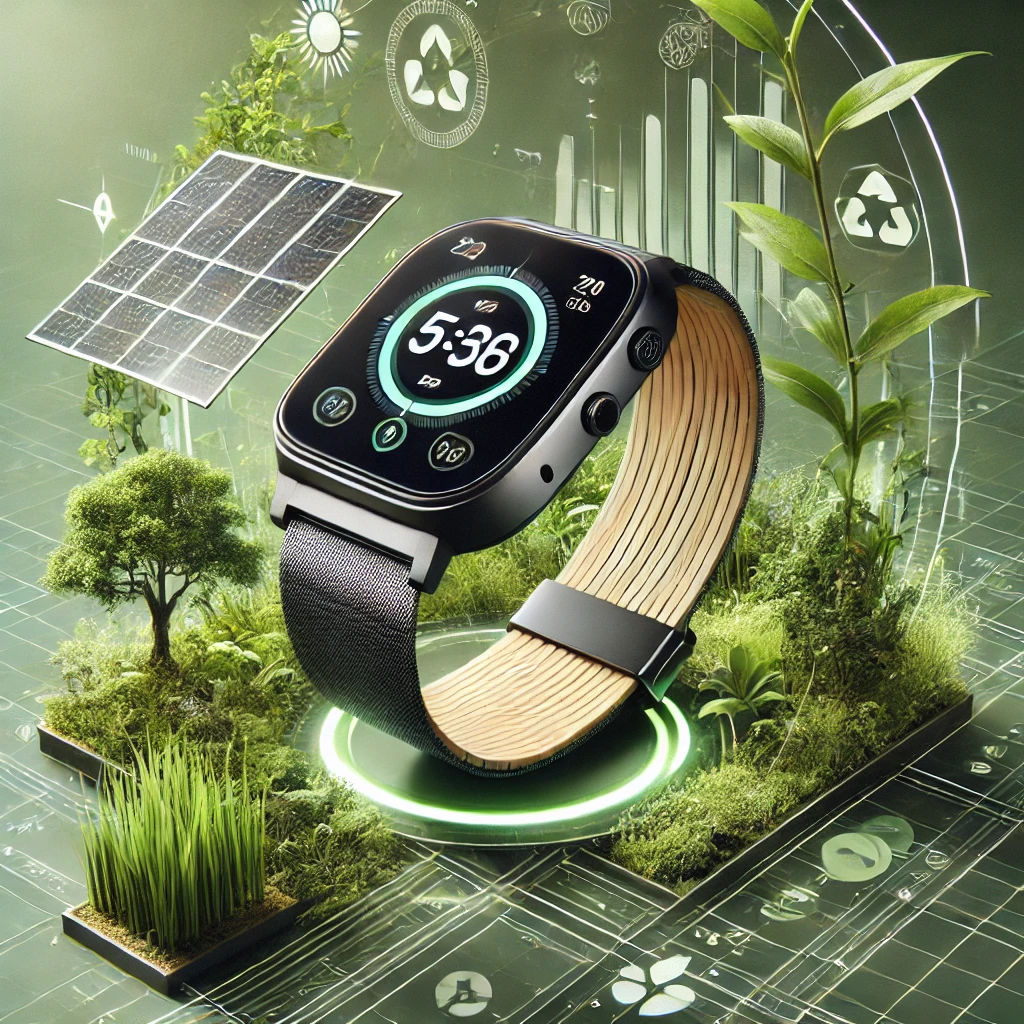Wearable tech has become a key part of our daily lives, from health trackers to keep tabs on our fitness to smart watches to stay in touch. But as these gadgets get more popular, people worry more about how they affect the environment. The good news is many tech firms now want to make wearables that last longer. Let’s look at how these new ideas are paving the way for a greener future through eco-friendly parts, power-saving designs, and tough builds.
Using Earth-Friendly Materials
A major change in wearable tech involves the use of eco-friendly materials. Companies now choose recycled or organic options instead of regular plastics. Some smartwatch straps are made from plastics collected from the ocean, while others use parts from plants. The packaging is also going green, with many brands picking materials you can recycle or that break down to cut down on trash.
Energy Efficiency: Smarter, Greener Power
Wearable tech is going green in another way by getting better at saving energy. Some gadgets now have solar panels, so they can charge in the sun. Others use parts that don’t need much power, which means the battery lasts longer and you don’t have to charge as often. This uses less energy. By making power use better, companies are creating wearables that are smarter and better for the environment.
Longevity: Helping Wearables Last Longer
How long something lasts plays a big part in being eco-friendly. The longer a device works the less e-waste it makes. Many brands are now focused on making high-quality wearables with tough materials that can handle years of use. Also regular updates to the software mean users don’t need to buy new devices as often. This cuts down on waste and uses fewer resources.
Leading Brands in Sustainable Wearables
Several tech companies are spearheading the push for eco-friendly wearable technology:
- Apple: Apple aims to cut its carbon footprint. The company uses renewable energy to make its products and puts recycled materials in its devices, including the Apple Watch.
- Garmin: Garmin famous for its fitness trackers, adds recycled materials to its designs. The company also offers power-saving modes to cut down on energy use.
- Withings: This brand makes sustainability a top priority. It uses green packaging and materials in its health-focused wearable devices.
5G and IoT: Boosting Energy Efficiency
5G and the Internet of Things (IoT) have an impact on wearables’ energy efficiency. These technologies let devices send data quicker while using less power. This means wearables work well without wasting energy. IoT also makes devices work better together so you need fewer gadgets. This creates a simpler greener tech world.
Ways You Can Back Green Wearable Tech
You, as a buyer, can make eco-friendly choices. Here’s what you can do to help:
- Buy wearables made from recycled or green materials.
- Pick devices that save energy.
- Recycle old or broken gadgets the right way instead of throwing them out.
- Back brands that focus on being green in how they make things.
The Future of Eco-Friendly Wearables
As people become more aware of environmental issues, eco-friendly wearables are growing in popularity. The tech world is changing, with new materials better energy use, and designs that last longer leading to a more sustainable future. Wearable gadgets aren’t just about making life easier anymore—they’re also part of a bigger shift towards living in a way that’s better for the planet.
